In this photo essay, Rohit Sinha and Aadi Rungta trace the economic importance of Sassoon Docks, one of Mumbai’s oldest and largest wholesale fish market. The docks are a monument to Mumbai’s mercantile past as well as its thriving fishing economy.
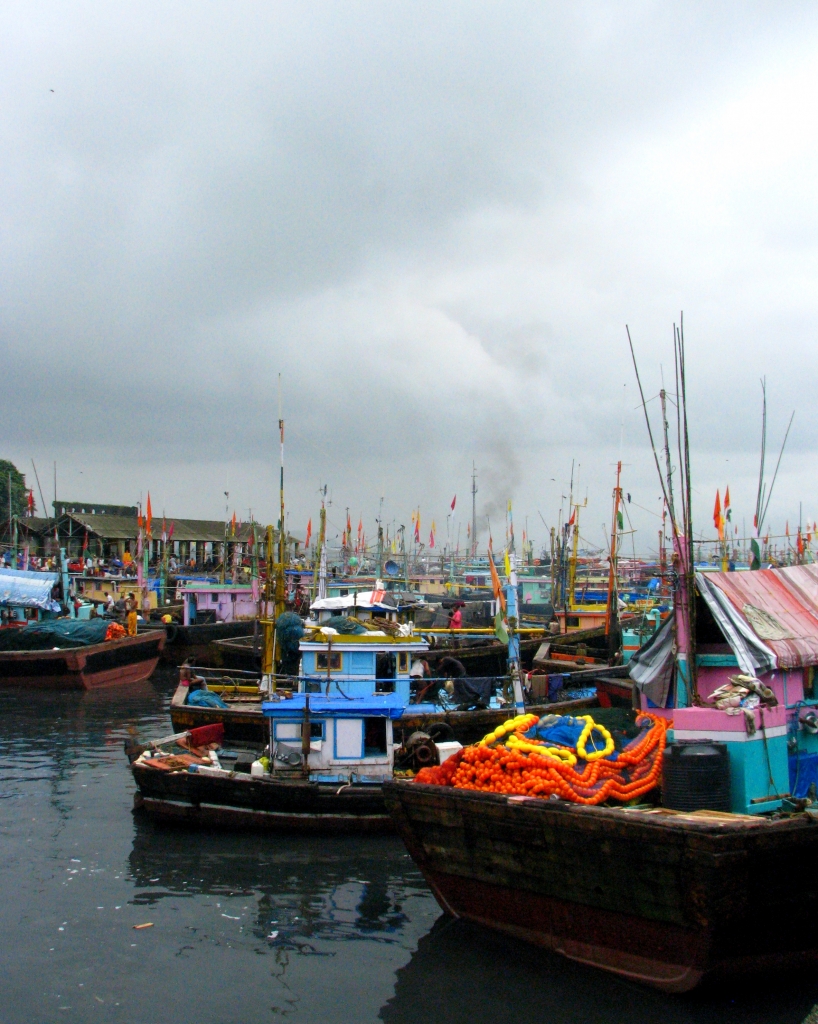
A visit to the docks is almost always overwhelming. The stench of fishes extends for miles; the sight colourful boats and their flags, competing with the colorful saris of Koli (a Marathi fishing community) fisherwomen; buckets full of fishes and other sea creatures; streets peppered with hacked pieces, and small pools of blood dotting every few steps. It is certainly not for the weak stomached. More than 1,500 trawlers bring in around 20 tonnes of catch every day.
Built in 1875 on reclaimed land, Sassoon Docks is one of the oldest docks in Mumbai. It gets its name from David Sassoon, a Baghdadi Jew and the leader of the Jewish community in Bombay. The docks were built by David Sassoon and Co., a banking and mercantile company which was run by David Sassoon’s son at the time. The company’s factories produced silk and cotton goods in Bombay, and the docks became the route through which the trade of these commodities flourished.
Fast forward to almost two centuries later, the docks retain their name even though its ownership and economic activity has changed. Located in Colaba in South Mumbai, it is now home to Mumbai’s oldest and largest wholesale fish markets. This site in itself offers a livelihood to over 150,000 people, clocking a daily turnover of about Rs 2 crore (US $300,000), of which half is exported.

Despite the economic importance of the docks, it has languished because of neglect and poor infrastructure. The docks have witnessed no major upgrades in its lifetime and are stressed beyond capacity. Fortunately, after nine months of negotiation, a plan to redevelop the docks into a modern fishing village was prepared by the Mumbai Port Trust. The Rs 25 crore ($ 3.8 million) facelift includes an air-conditioned fish market, one-storey museum, and a space for visitors to enjoy fishing; apart from an amphitheater, a food street and a floor to view the Arabian sea.
Indeed, this facelift a step in the right direction but it’s hard to ignore the fact that the fisherman community has been let down by the authorities. Rather than revamping the dock to be more tourist friendly, the need of the hour is to rebuild basic infrastructure requirements of a modern fishing village. This includes sanitised spaces for cleaning of the daily catch, modern cold storage facilities, efficient transport terminals – none of which has been discussed in the proposed plan. While media reports have mentioned restoration of the main godown of the docks, besides adopting a new waste management plan, one feels that these should be the primary priorities of the authorities when undertaking a revamp.
Sassoon Docks is after all a monument to Mumbai’s vibrant mercantilist past. A more ambitious plan needs to be proposed that would both protect the dock’s heritage, as well as offer a sustainable solution to its severe capacity stress. The pictures in this essay cover the various economic actors involved in the process from fishing to cleaning to transportation of the catch.
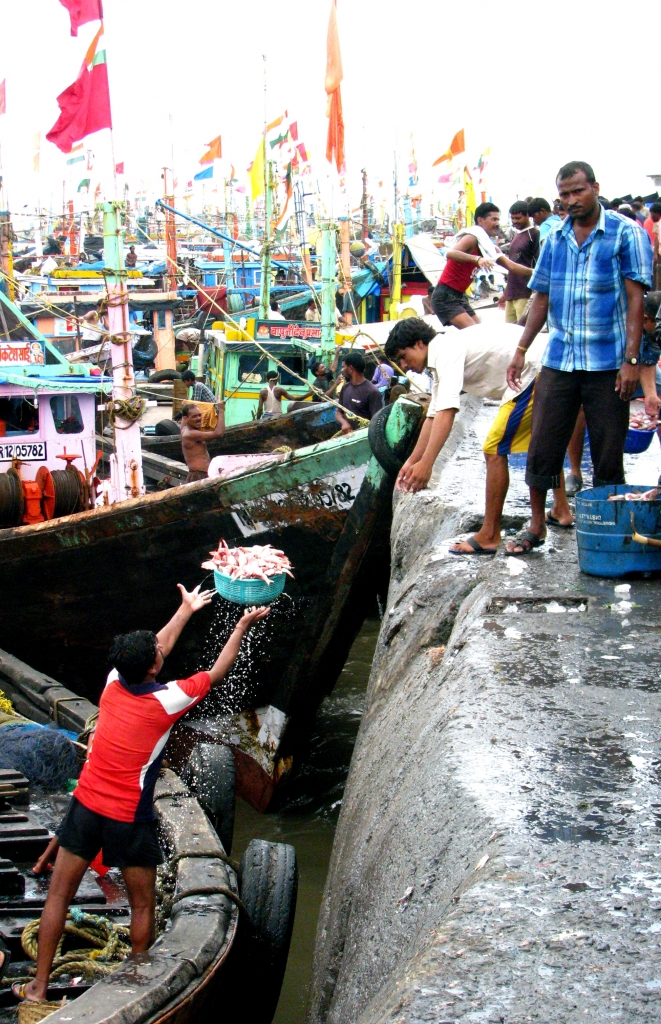
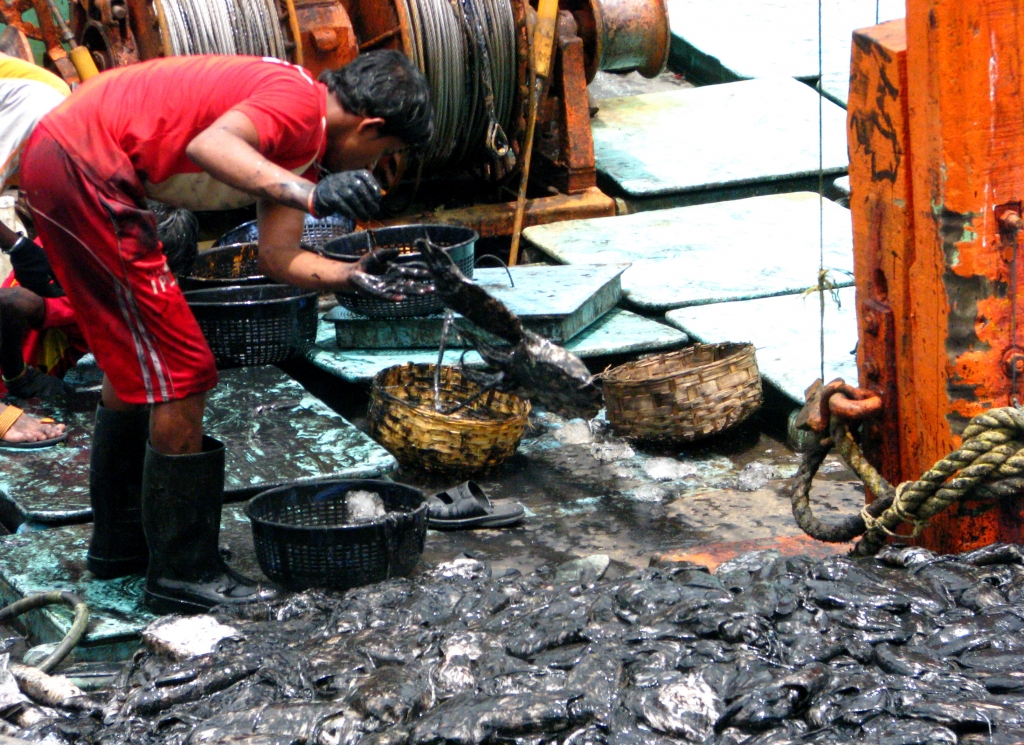
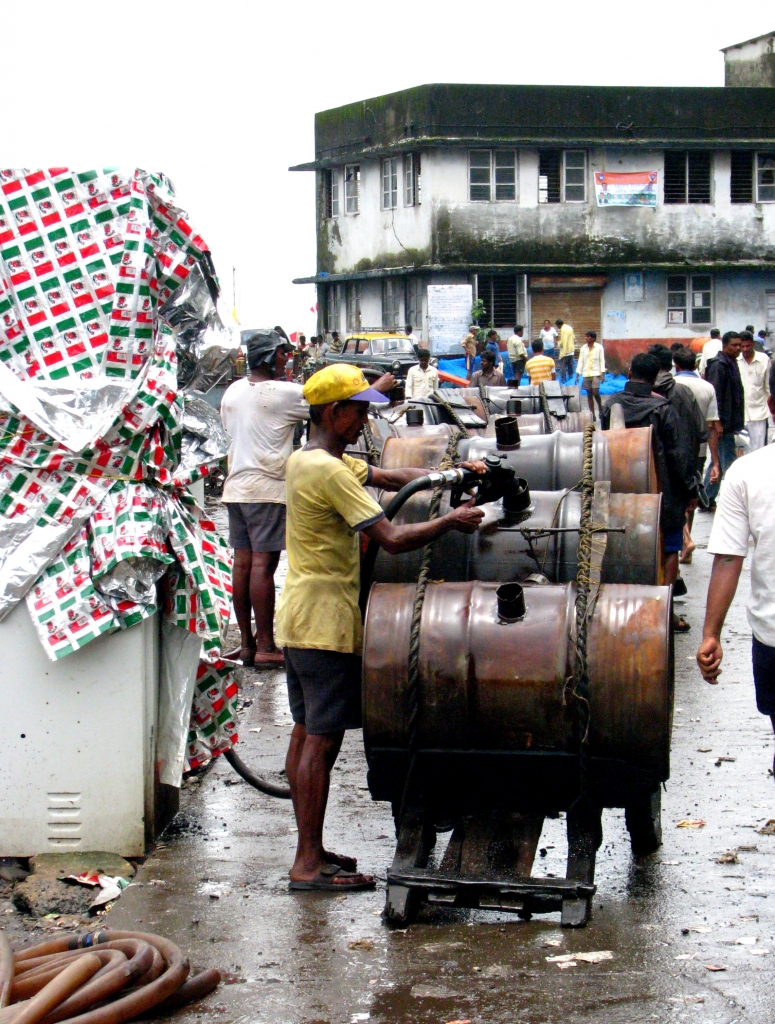



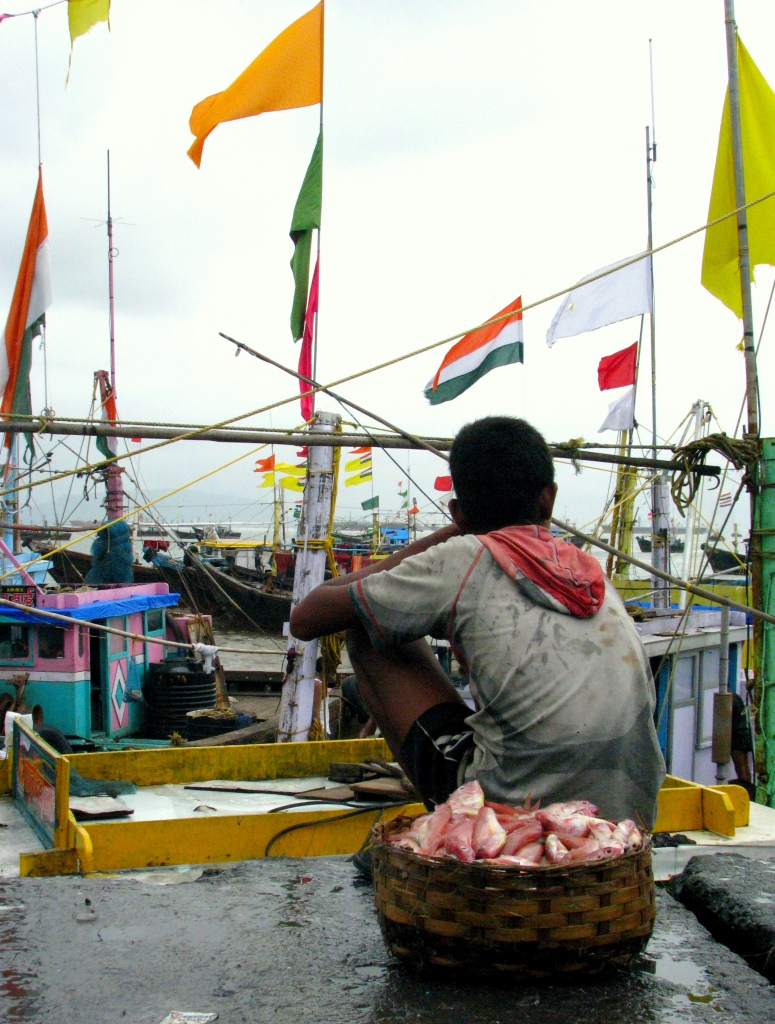
About The Photogtaphers
 Rohit Sinha is a first-year student in the Masters of Public Administration (MPA) program at LSE. He has advised Members’ of Parliament in India and is interested in the intersection of politics and economics in contemporary society.
Rohit Sinha is a first-year student in the Masters of Public Administration (MPA) program at LSE. He has advised Members’ of Parliament in India and is interested in the intersection of politics and economics in contemporary society.
 Aadi Rungta is a Teach for India alumni and is currently working to elevate the quality of low cost private schools in India through his work at the 321 Education Foundation.
Aadi Rungta is a Teach for India alumni and is currently working to elevate the quality of low cost private schools in India through his work at the 321 Education Foundation.



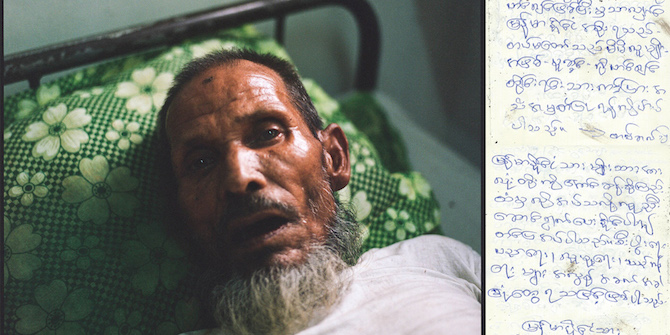

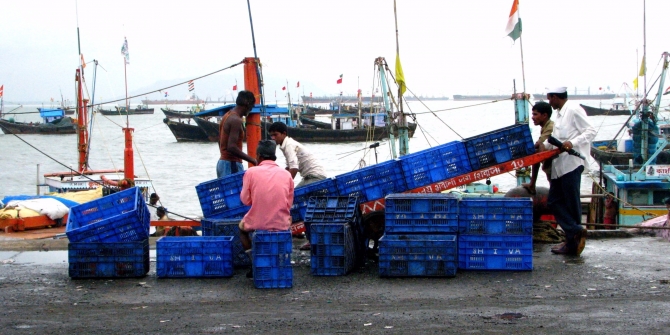


It’s going to be end of mine day, however before finish I am reading this impressive piece of writing to improve my experience.